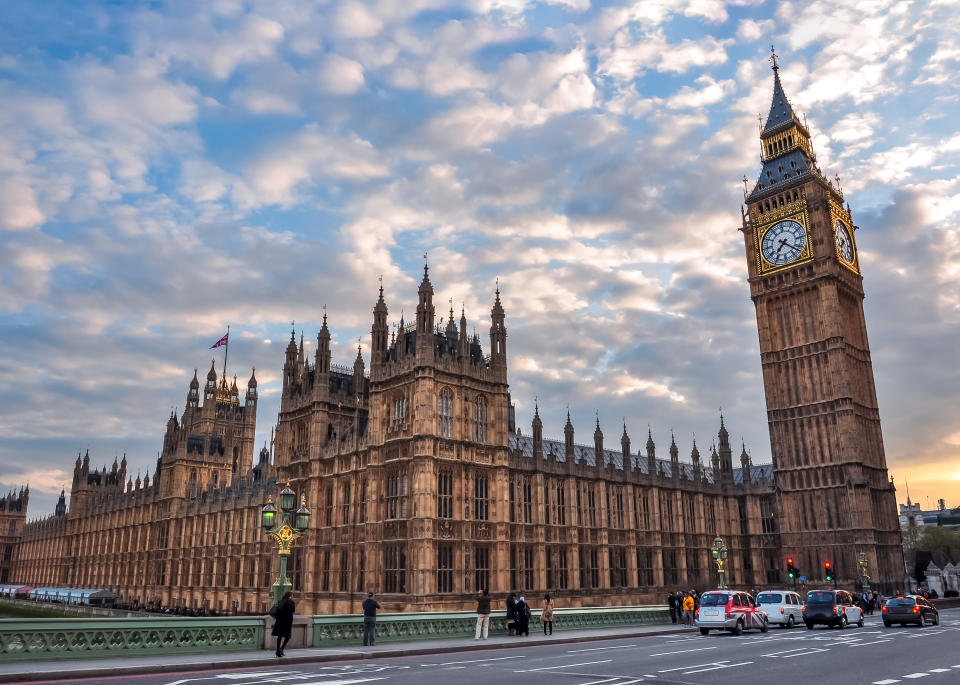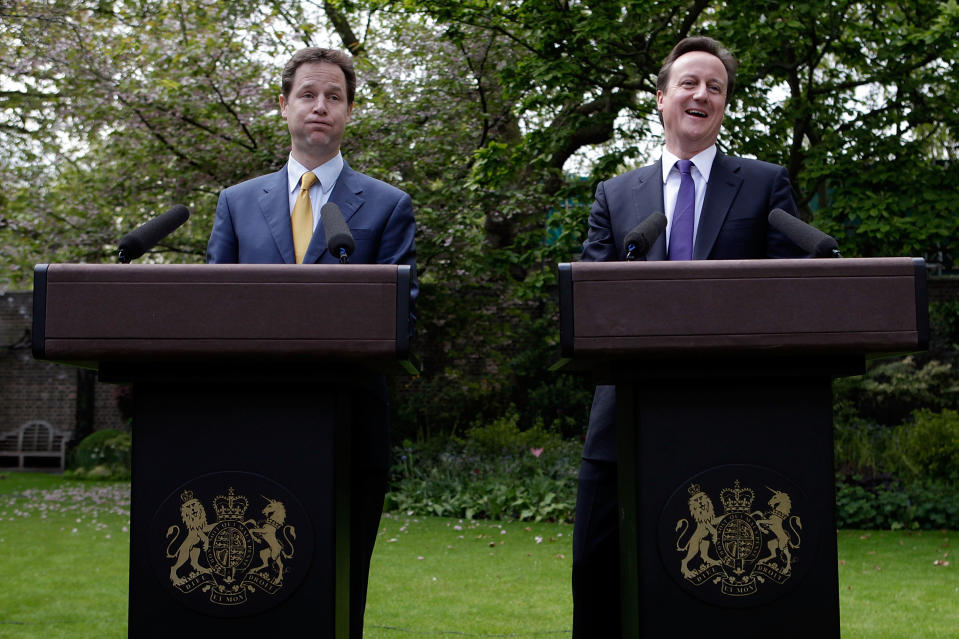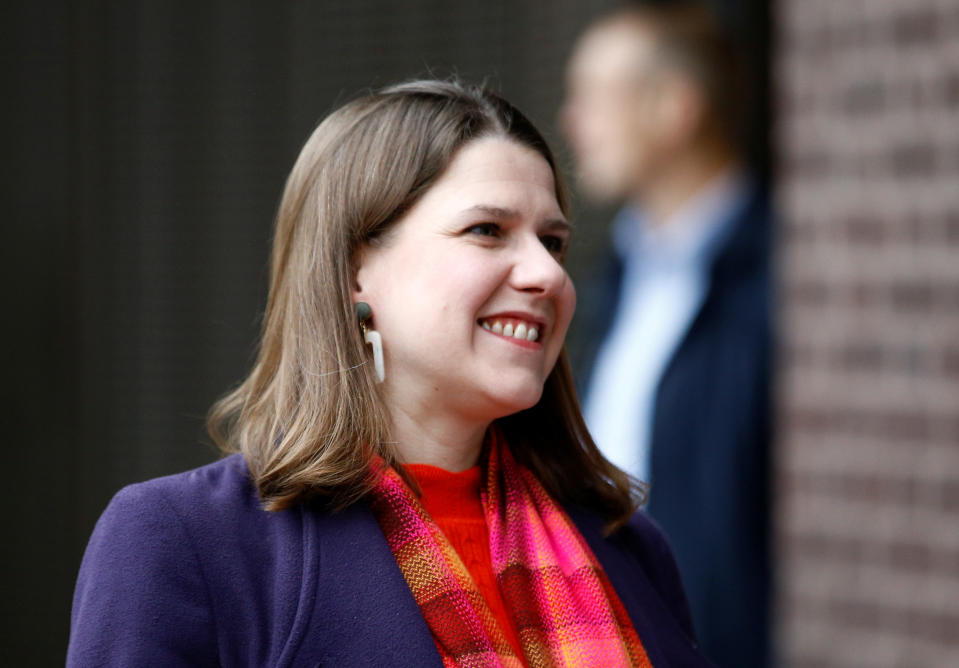General election 2019: What is a coalition government?

We’re just days away from the December 12 general election, when the UK’s major political parties will be hoping to secure a majority in parliament.
However, there is every chance that the result will be something far less decisive.
The poll could result in another hung parliament which in turn could lead to yet another election, or to one party ruling as a minority government.
More likely, though, is a coalition government - but that doesn’t come without its own problems.
What is a coalition government?
If no single party achieves a clear working majority in the commons following the election, parties can decide to form a coalition government.
According to the Parliament UK website, a coalition government “is a government formed jointly by more than one political party”.

Coalitions can take different forms, including a ‘grand’ coalition where the two biggest parties join forces, or a ‘rainbow’ coalition which means more than two parties are involved.
More common, and seen in recent years, is a ‘confidence and supply’ arrangement which means the smaller parties involved agree to vote with the government on key elements like the budget and Queen’s speech.
Read more: What is tactical voting and is it allowed in the UK?
How is a coalition government formed?
Usually, the incumbent prime minister has the first opportunity to form a coalition, negotiating deals with another party that will ensure they have a majority.
If that fails, the prime minister has to resign.
The leader of the largest opposition party can then be invited to form a government and may also try to negotiate a coalition.
Inevitably, there could be a period where two large parties might be trying to form coalitions with other parties at the same time.
Has there been a coalition government in the UK before?

The most memorable in recent times was after the 2010 general election, when the Conservative Party won the most MPs, but its majority was not enough to form a workable government.
Liberal Democrat leader Nick Clegg agreed to form a coalition with David Cameron, agreeing to support them on certain issues. In return, several Liberal Democrat MPs were given ministerial positions
Was Theresa May’s deal with the DUP a coalition?
No, that was something different. When Mrs May failed to secure a majority in the 2017 election, she entered into a confidence-and-supply arrangement with the DUP (Democratic Unionist Party).
The deal saw the DUP get extra money for Northern Ireland in exchange for support on key votes on Brexit, security and budgets.
What it didn’t get was ministerial positions and it also wasn’t tied in to supporting the government on every matter.
Read more: Why are we having a general election in 2019 in the UK?
Is there likely to be a coalition government after the 2019 election?
Jeremy Corbyn has previously ruled out forming a coalition government if Labour fails to win an outright majority and said he would try to rule in a minority government.
Liberal Democrat leader Jo Swinson has also previously ruled out entering into a coalition with the Conservatives or the Labour party if there’s a hung parliament, saying neither Boris Johnson nor Jeremy Corbyn are “up to the job” of being Prime Minister.

Nicola Sturgeon has suggested the SNP would be willing to support a minority Labour government but only if a list of demands are met, including the scrapping of Trident nuclear weapons and more powers handed to Holyrood, plus the granting of a second independence vote.
She told the Sophy Ridge on Sunday programme on Sky News that the SNP would “never, ever put Boris Johnson into Downing Street” and she would not enter into a formal coalition with Mr Corbyn, saying instead there would be a “less formal arrangement”.
Ms Sturgeon also said the SNP would have other key demands, including halting Brexit, a “real end to austerity”, the devolution of powers over migration, workers’ rights, and drugs laws, and “an end to the misery of Universal Credit and welfare cuts”.

 Yahoo News
Yahoo News 

